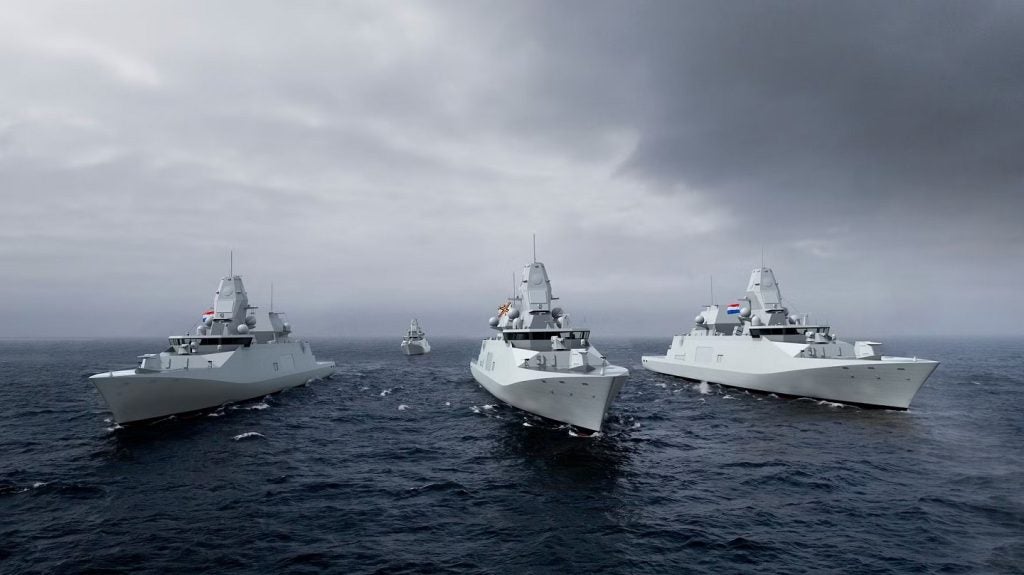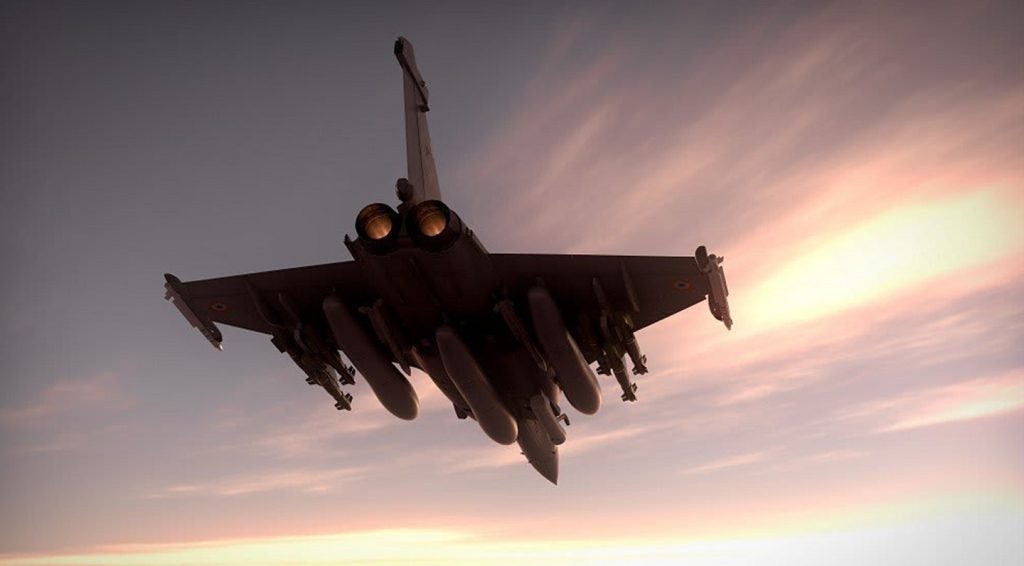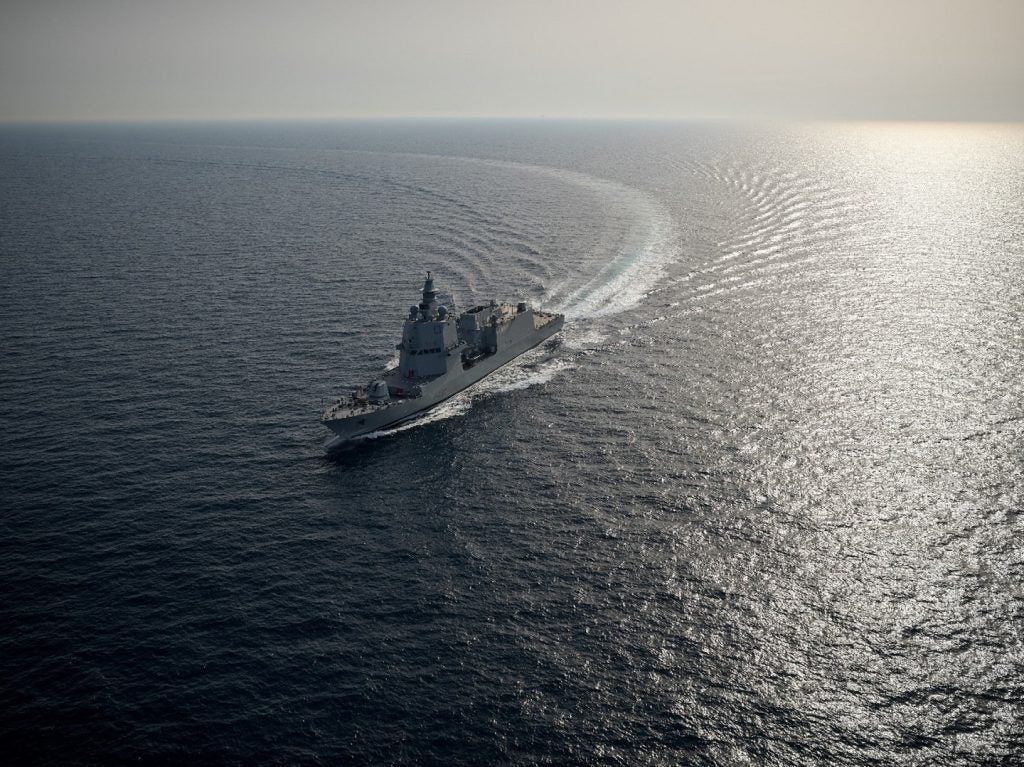
US Secretary of Defence Mark Esper has outlined plans for the US Navy’s future naval force fleet to maintain maritime superiority.
Speaking at the RAND Corp, Esper said the future fleet must be affordable and will include a balanced force of more than 355 manned and unmanned ships.
The future naval force will include ‘more and smaller’ surface ships, as well as surface and subsurface vehicles that are optionally manned, unmanned and autonomous.
It will also be made up of a wide range of unmanned carrier-based aircraft and a bigger submarine force.
The defence secretary also mentioned about a ‘highly skilled and ready workforce’ and a strong shipyard and industrial base.
A comprehensive cost and threat-informed review and analysis were carried out by the US Navy, Marine Corps, Joint Staff, Office of the Secretary of Defense, and third-party advisers.
How well do you really know your competitors?
Access the most comprehensive Company Profiles on the market, powered by GlobalData. Save hours of research. Gain competitive edge.

Thank you!
Your download email will arrive shortly
Not ready to buy yet? Download a free sample
We are confident about the unique quality of our Company Profiles. However, we want you to make the most beneficial decision for your business, so we offer a free sample that you can download by submitting the below form
By GlobalDataAs part of the review, the committee first analysed the existing fleet, following which they explored different options to maintain dominance in 2045.
Esper said: “The results are a game-changer that reflect a good deal of serious work and effort based on facts and data.
“This study will serve as our guidepost as we decide on, programme and build our future fleet and conduct follow-on assessments in select areas.
“In short, it will be a balanced force of over 355 ships, both manned and unmanned, and will be built in a relevant timeframe and budget-informed manner.
“And we will build this fleet in such a way that balances tomorrow’s challenges with today’s readiness needs and does not create a hollow navy in the process.”
To achieve these results, the US Department of Defense (DOD) plans to boost the funding available for shipbuilding and fleet readiness.
Earlier this month, the US Navy signed contracts with six companies worth a total of $41m for the research of large unmanned surface vessels (LUSVs).
The DoD released its ‘2020 China Military Power Report’ showing that the People’s Republic of China (PRC) has the largest navy in the world, surpassing the US Navy.
Esper added: “I want to make clear that China cannot match the US when it comes to naval power. Even if we stopped building new ships, it would take the PRC years to close the gap when it comes to our capability on the high seas.
“Nonetheless, we must stay ahead. We must retain our overmatch. And we will keep building modern ships to ensure we remain the world’s greatest navy.”







